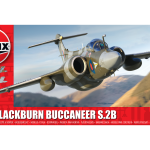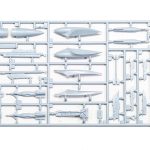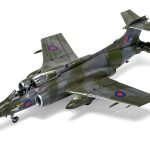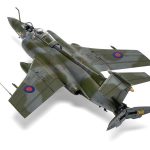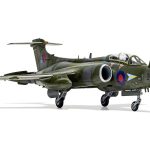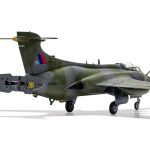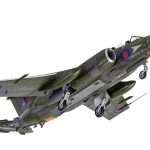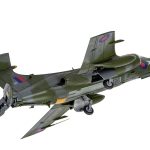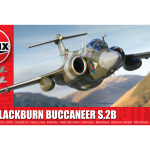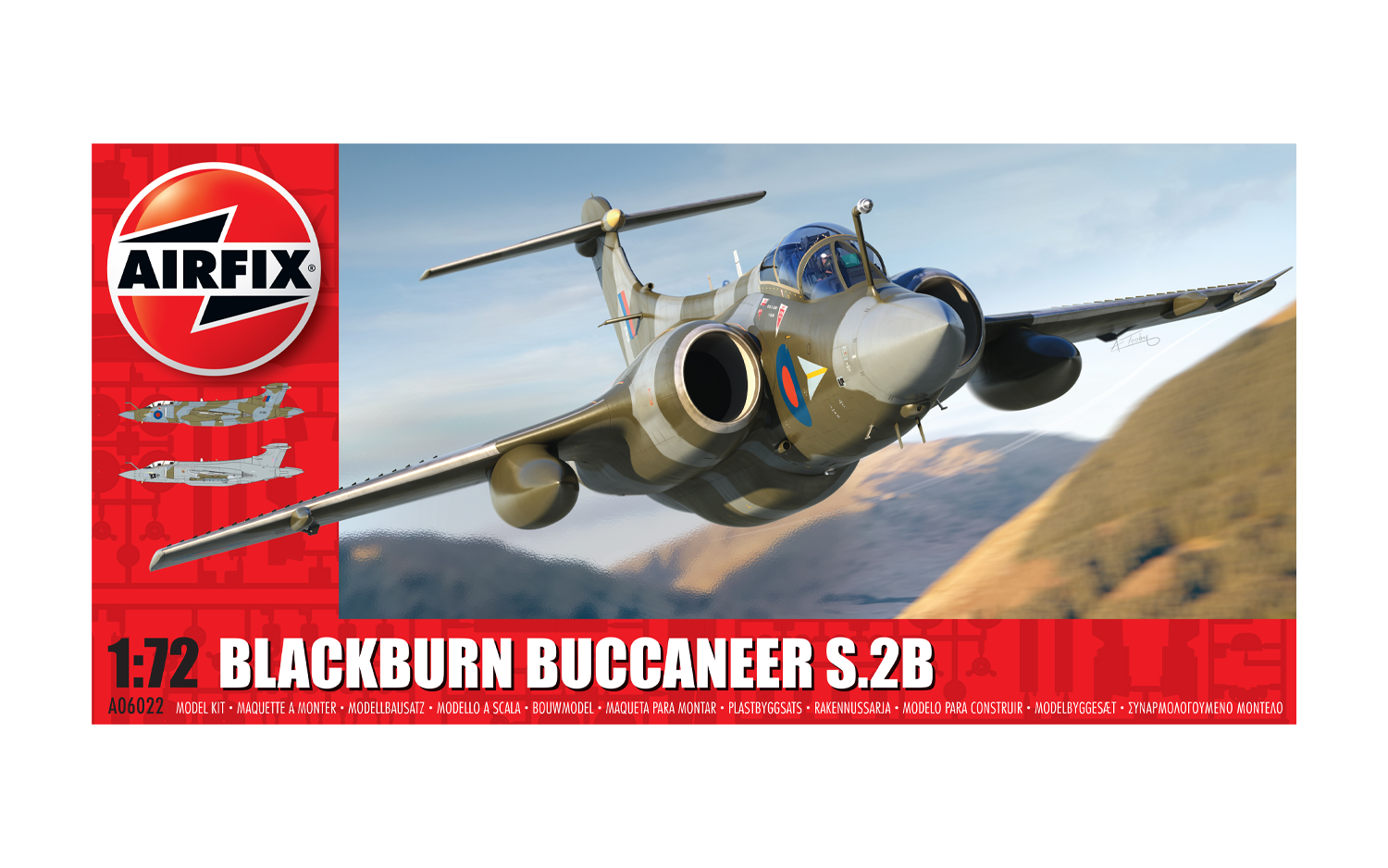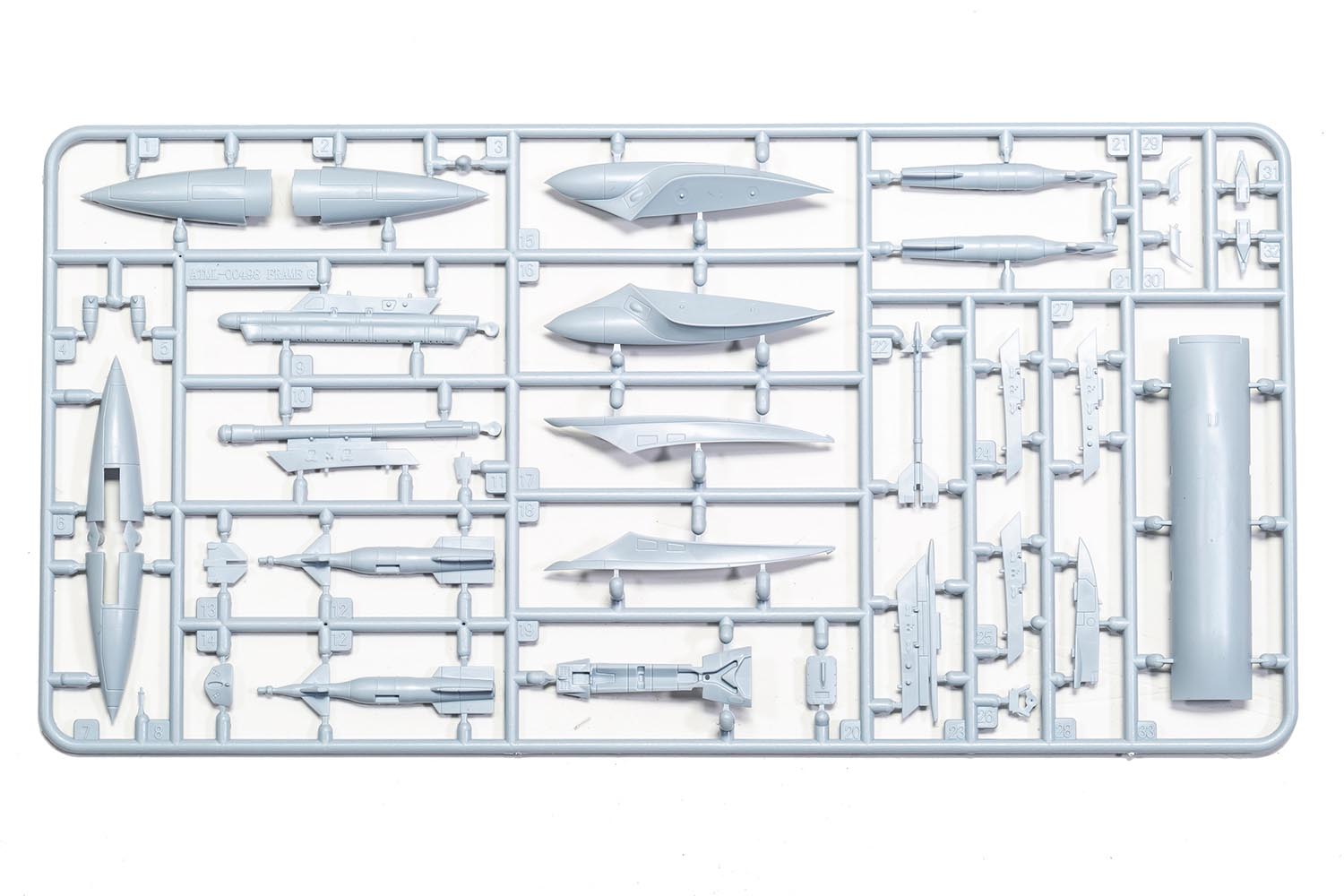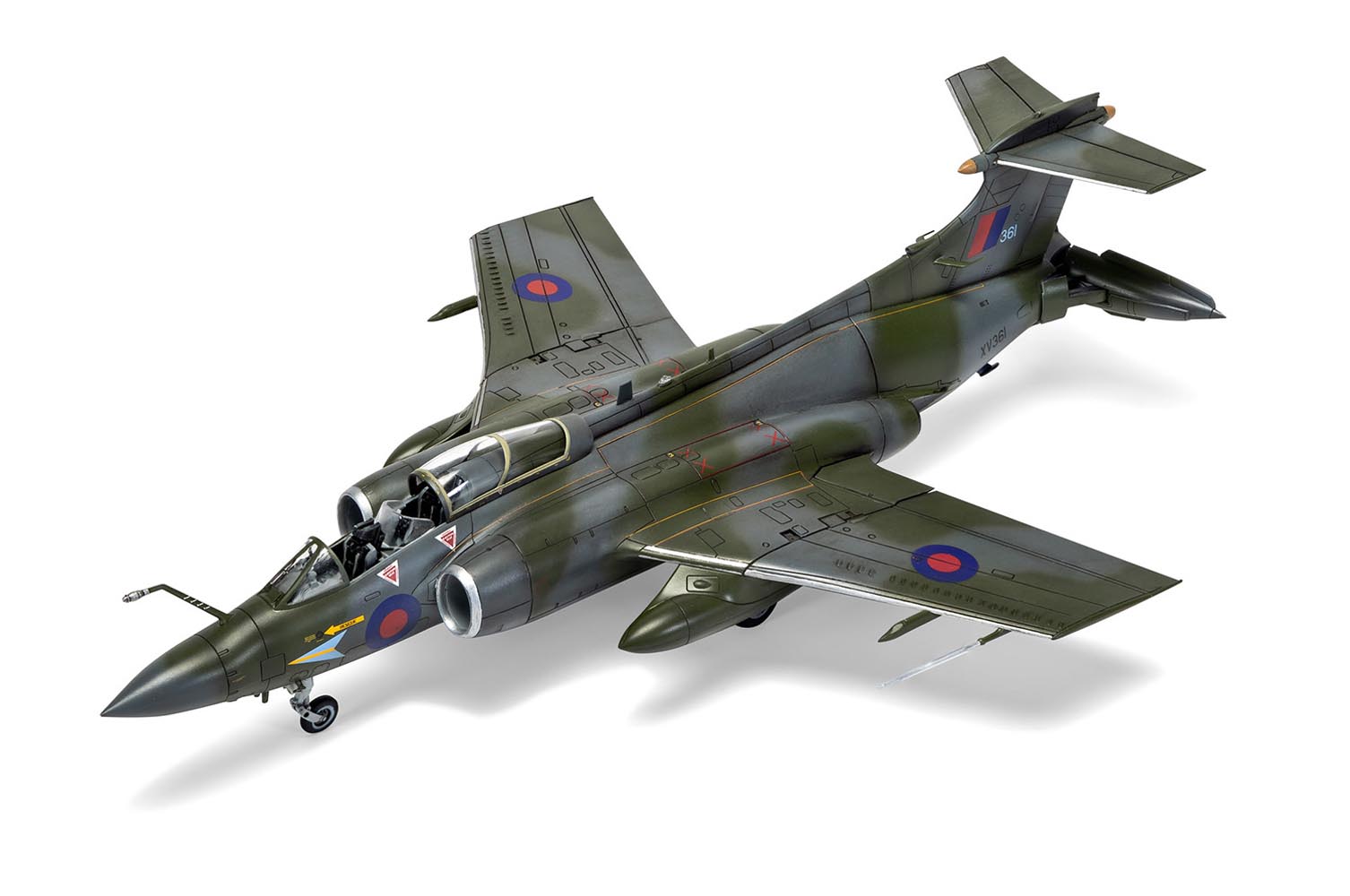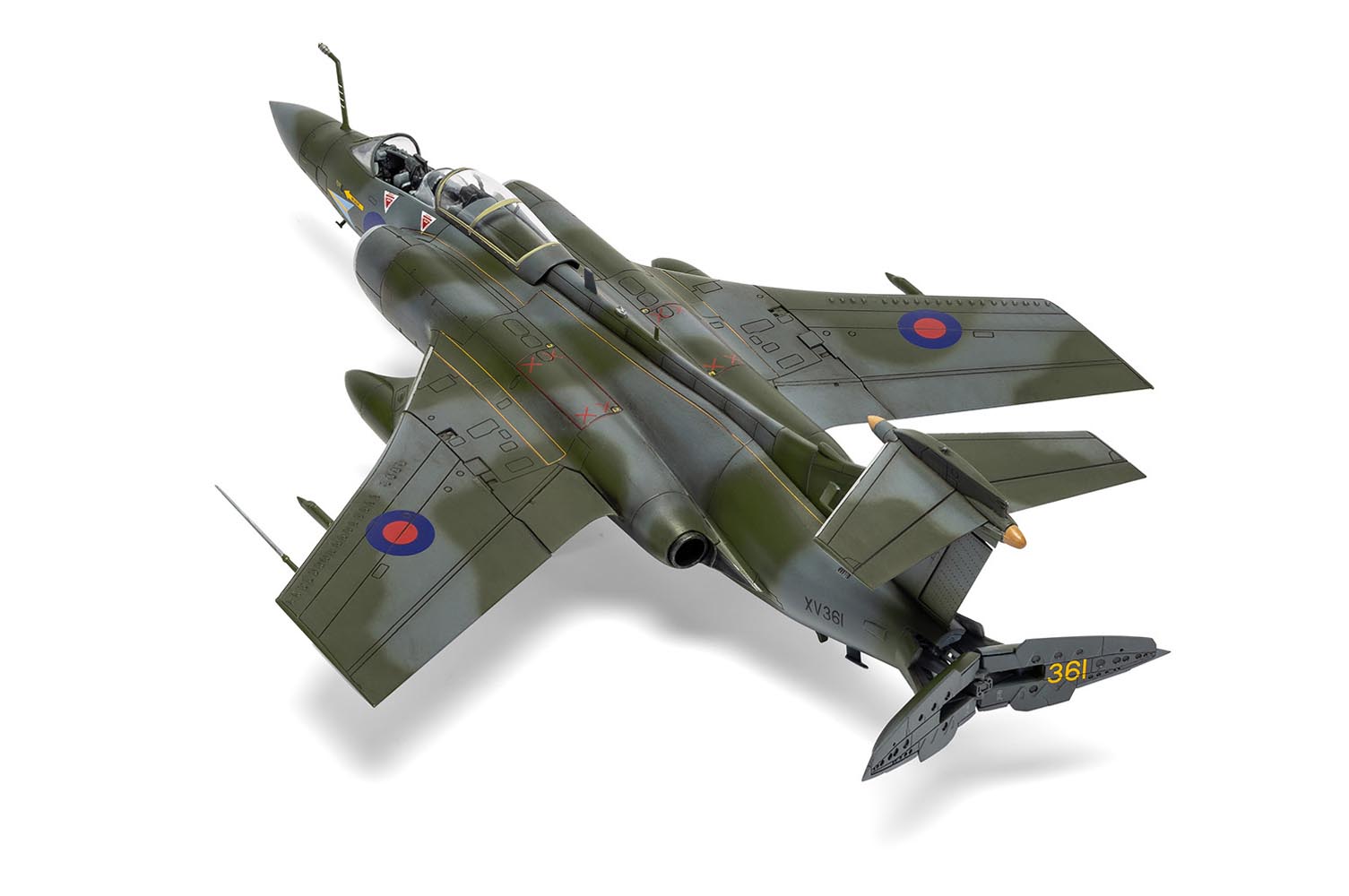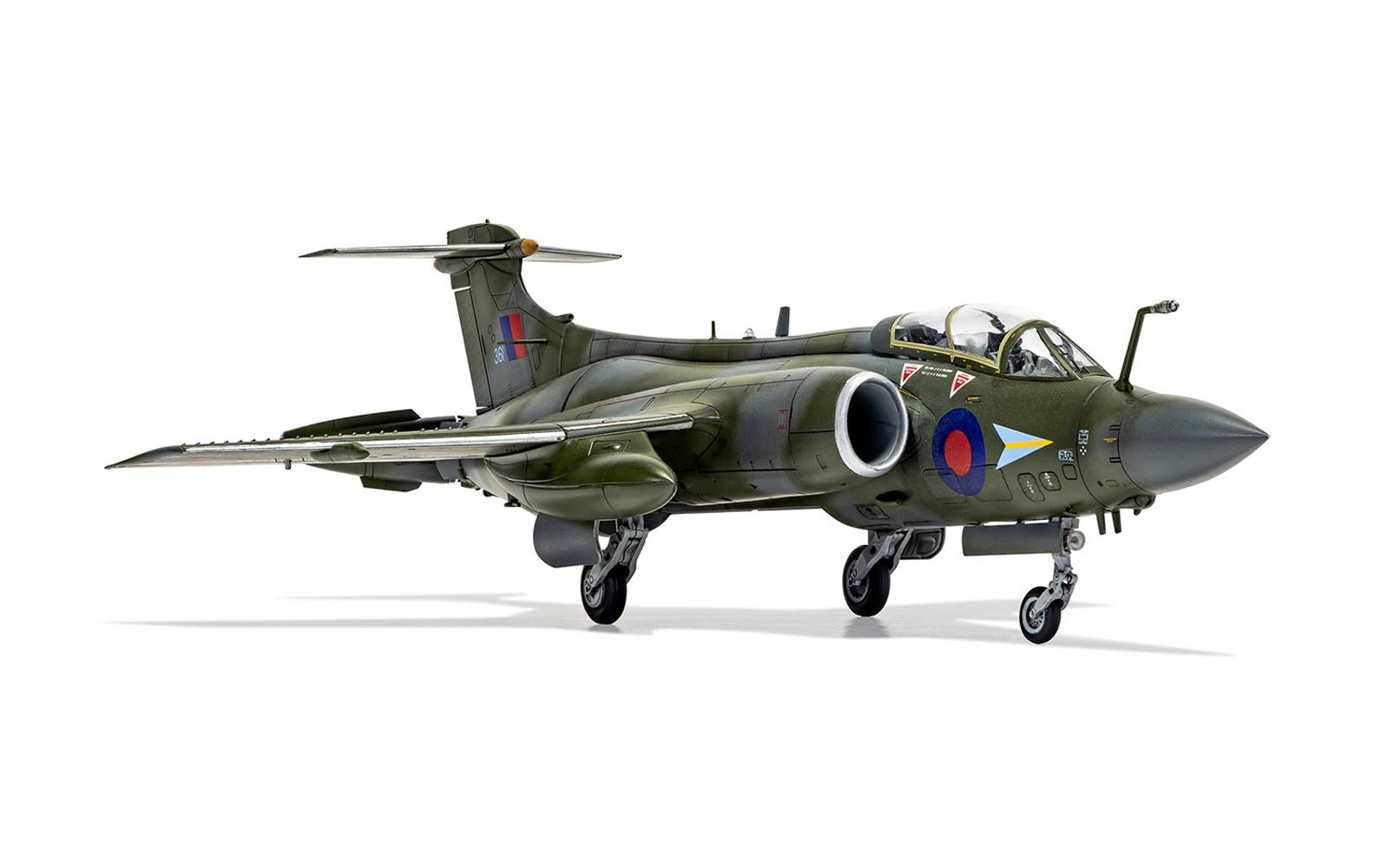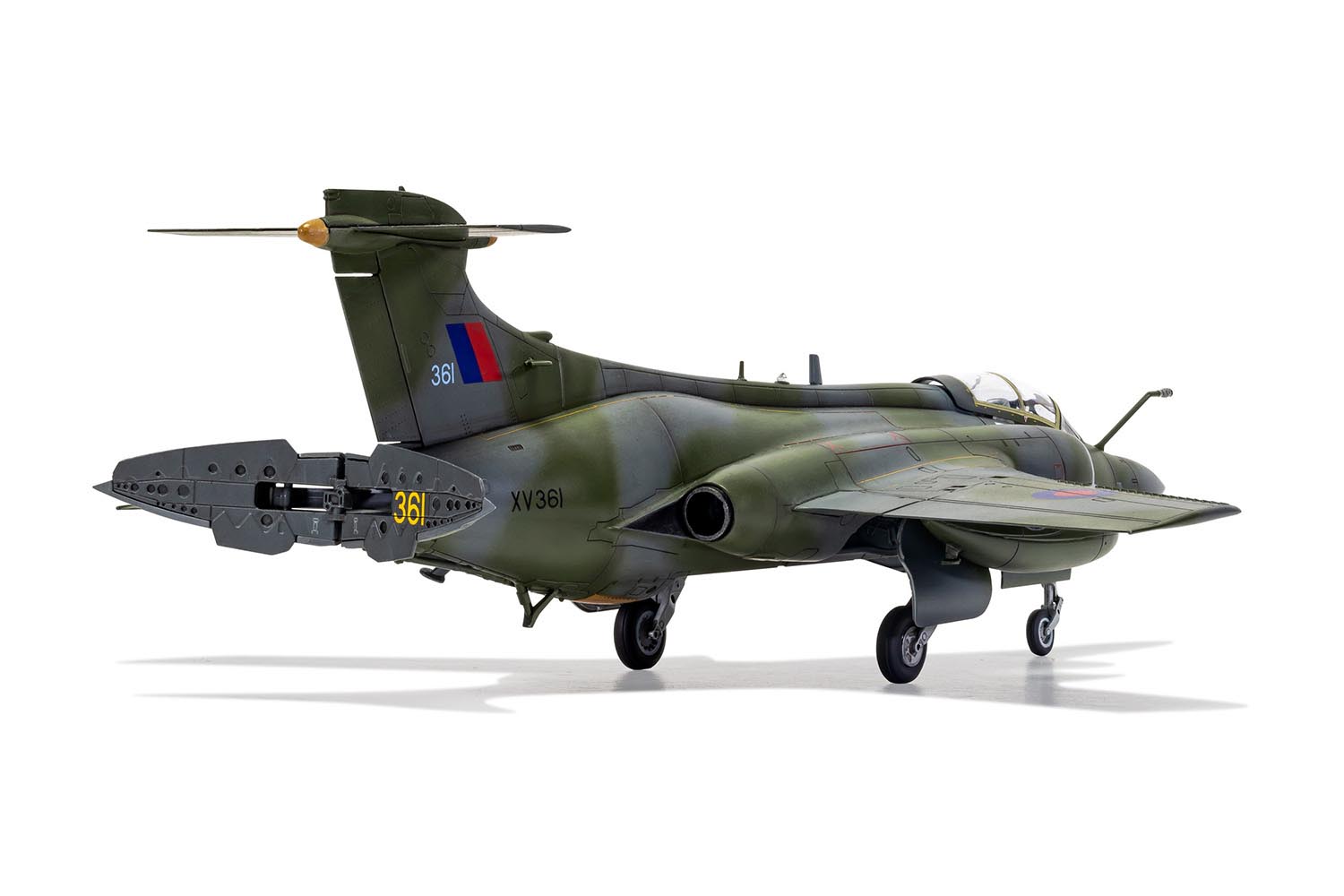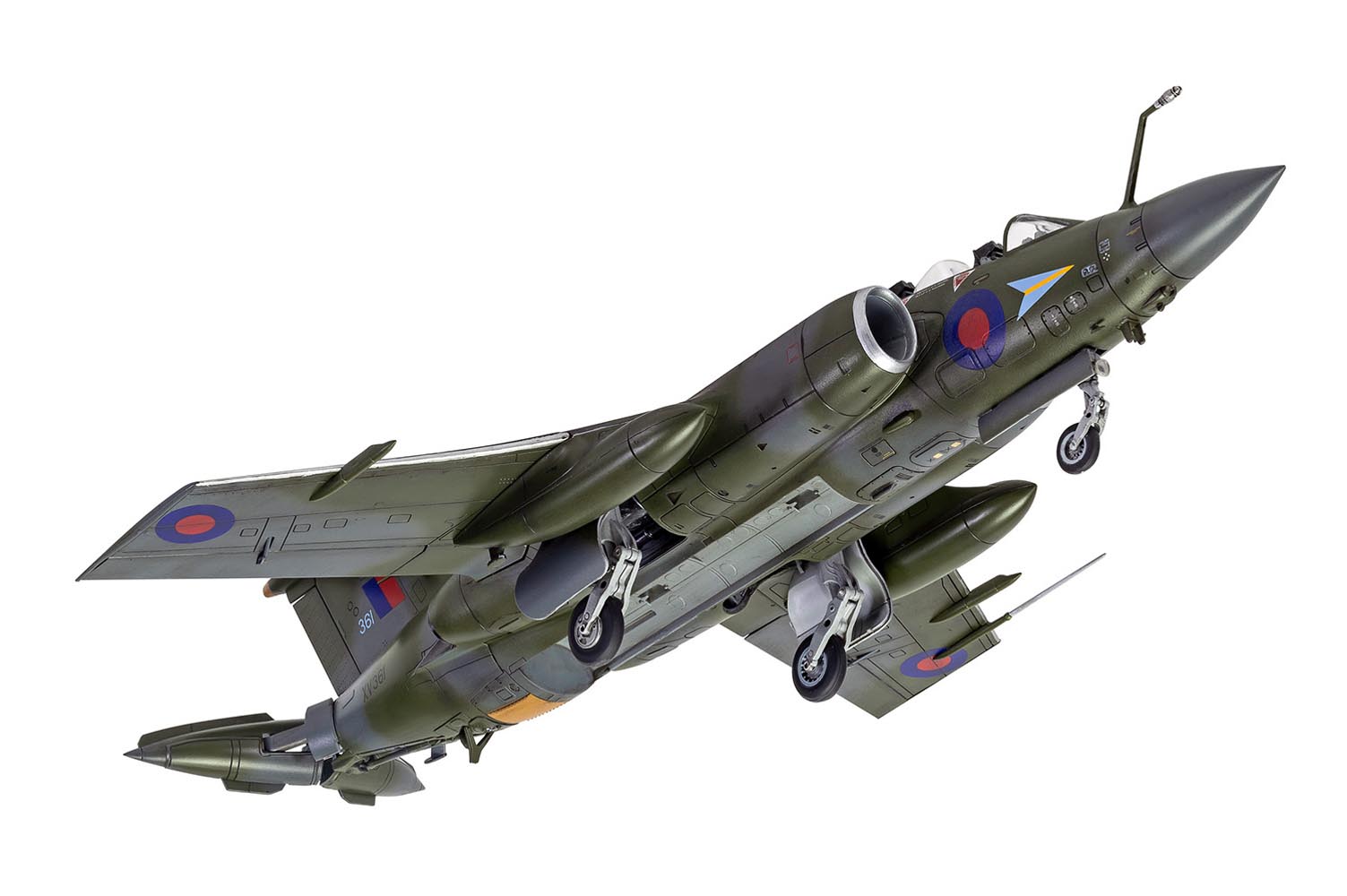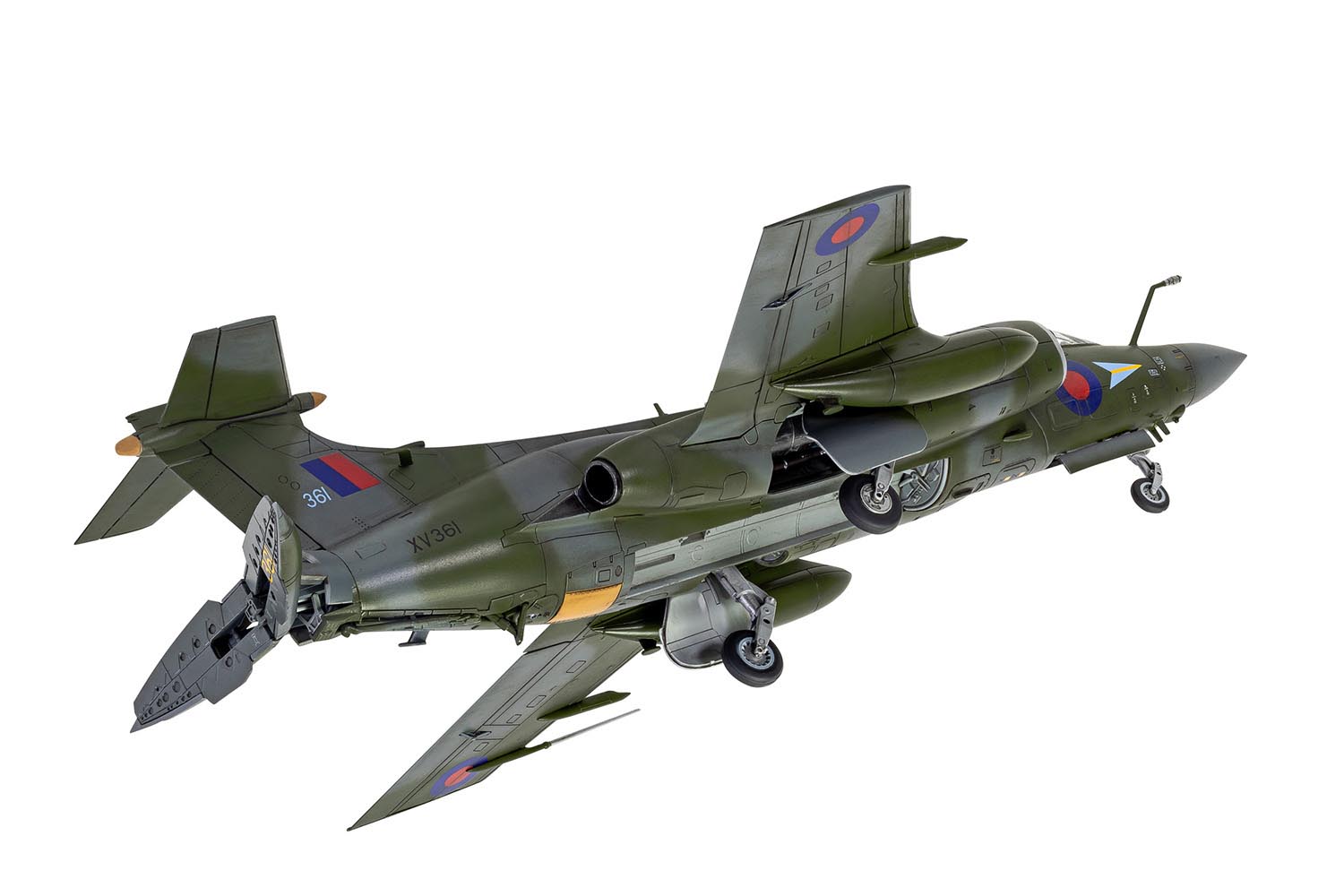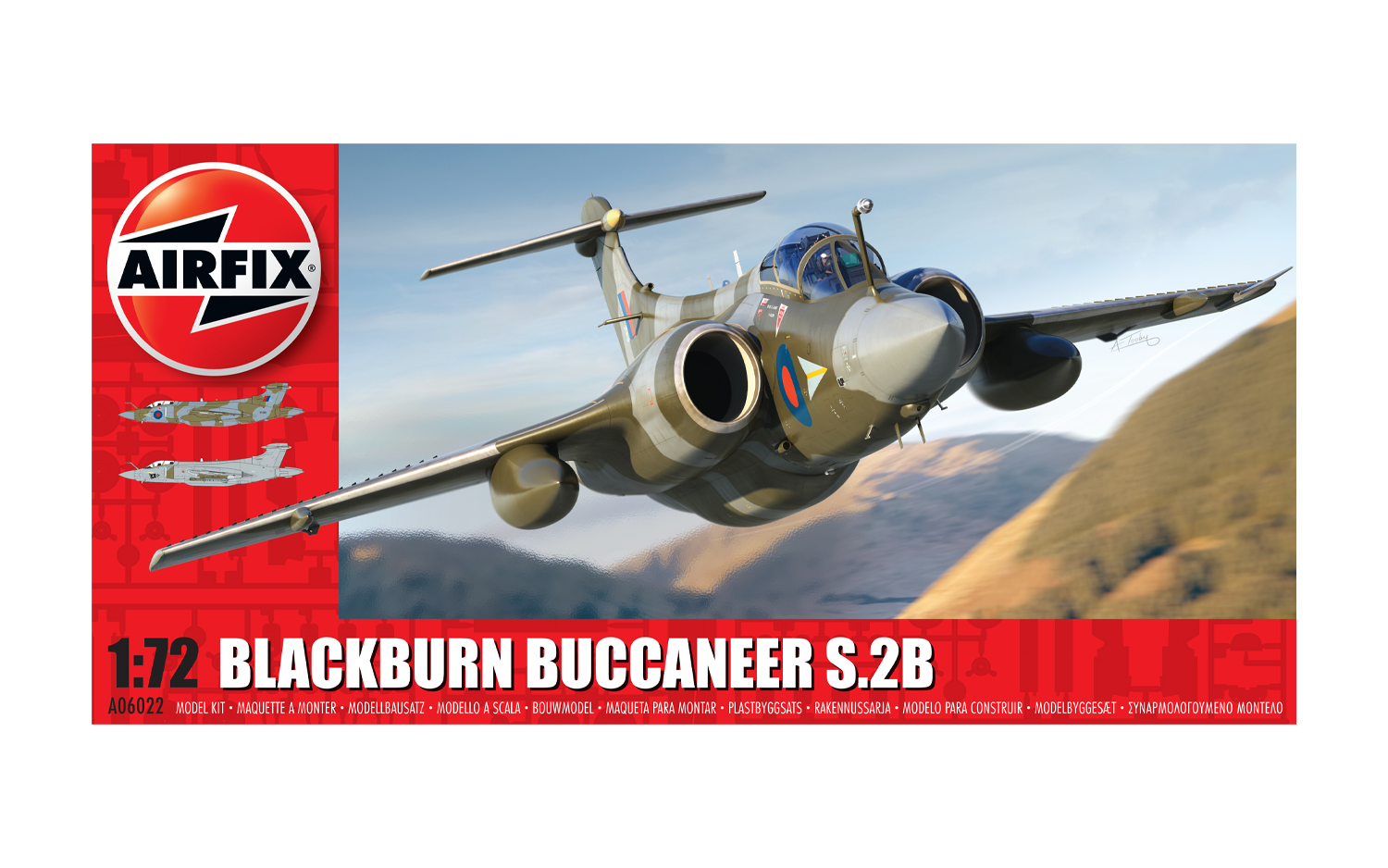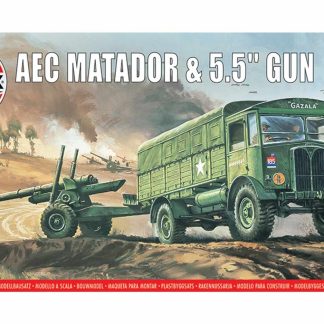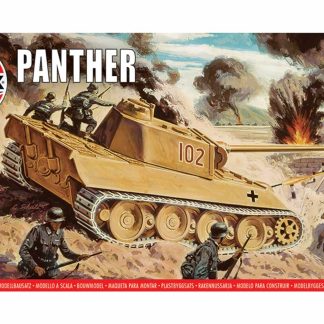Description
Designed to mount high speed maritime strike operations from the decks of Britains relatively small aircraft carriers, the Blackburn Buccaneer was a real brute of an aeroplane, built like a brick outhouse and the most capable aircraft of its type in the world it also happened to be the heaviest aircraft the Royal Navy had ever operated. Perhaps nothing illustrates the rugged, no nonsense approach to the aircrafts design philosophy than its manufacture and flight testing procedure.
Constructed at Blackburns Brough facility, each completed Buccaneer was transported by road, on its own undercarriage, to the companys Holme-on-Spalding Moor airfield for flight testing, a towed journey on normal roads of around 16 miles. Although developed as a naval aeroplane, the Buccaneer was also offered to the Royal Air Force as a capable strike and reconnaissance aircraft, however, at that time, they only had eyes for the BAC TSR-2 and dismissed the Buccaneer almost out of hand. Cancellation of the TSR.2 project and a later decision not to purchase the American built General Dynamics F-111 jet led the RAF to rather reluctantly accept the Buccaneer as a Canberra replacement, with the aircraft entering squadron service some seven years after it entered service with the Navy. A subsequent order for new Buccaneers was placed for the RAF and it was decided that they would also inherit former Royal Navy aircraft, as their larger aircraft carriers were retired.
Interestingly, the new aircraft ordered for the RAF would retain the folding wings and arrester hook of the original naval Buccaneers, to avoid the cost of re-development. The first Royal Air Force unit to receive the Buccaneer was No.12 Squadron at Honington in October 1969 and despite their initial misgivings, the RAF quickly learned to appreciate the many qualities of this exceptional aircraft. Capable of extremely stable flight at high speeds and low altitudes, the Buccaneer proved to be the ideal strike aircraft to keep the Warsaw Pact countries on their toes.
During exercises in the US and Canada, RAF crews regularly demonstrated their bombing prowess and the capabilities of their aircraft, winning many service accolades in the process. At its peak strength in the early 1970s, the Buccaneer equipped no fewer than six RAF Squadrons, including the Operational Conversion Unit. During the twilight of the Buccaneers service career, the RAF was forced to take the aircraft to war, more than 20 years after it had entered squadron service. The Gulf War of 1991 saw strike operations moving to higher altitudes, due to the effectiveness of Iraqi anti-aircraft defences. The Tornados and Jaguars of the Royal Air Force carrying out these missions needed to increase the accuracy of their attacks and needed the support of twelve ageing Buccaneers and their laser target designation capabilities. Making a significant contribution to the success of Operation Granby, these Buccaneer Sky Pirates provided a fitting reminder of why this magnificent aircraft should be considered one of the finest achievements of the British aviation industry.

